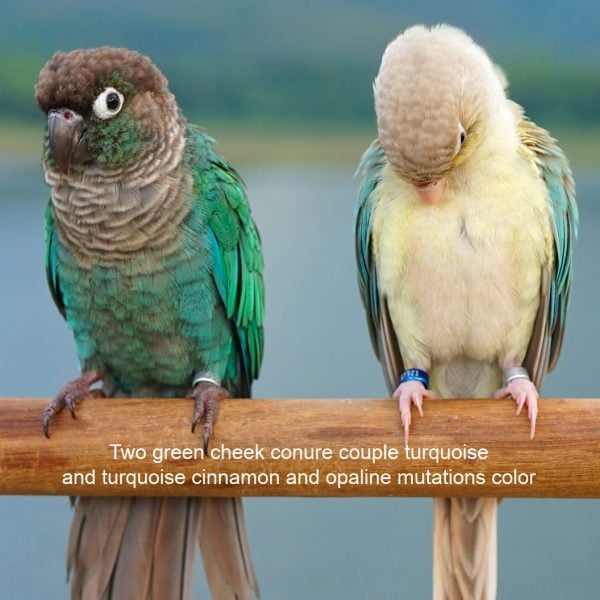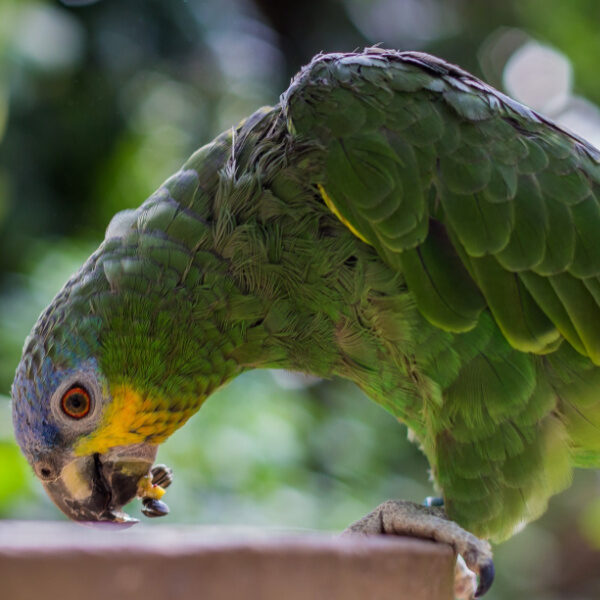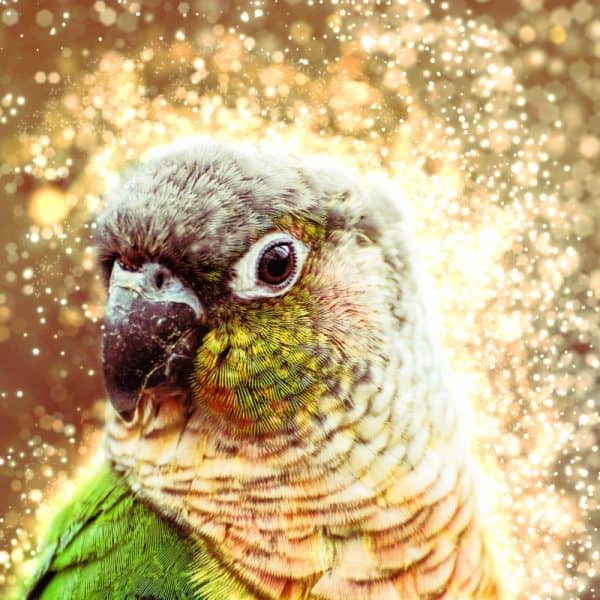Last Updated on by Mitch Rezman
Questions about birds I answered on Quora the week of 3/13/17.
Do power lines affect the health of birds, when they perch on them?
I can’t speak to power lines but I know that Quaker parrots are colonial animals. They build large nests where an entire flock can live enabling them to survive brutal Chicago winters.
A heat source they seek out and build their nests in is electrical transformers. ComEd has access to a number of Quaker rescues who will come and get the birds when requested.
Without fail, many malformations will be found on birds who had been living in the nest on the electrical transformer.
I learned something interesting at a Greater Chicago Caged Bird Club meeting. ComEd would remove the nest from transformers and the birds would rebuild it very quickly, over and over.
They called the club for advice admitting that they wished they had workers as efficient as these diligent little Quaker parrots. Upon investigation by club members, it was determined the problem was that workers were taking the nests out before the birds had a chance to lay any eggs.
They were advised to wait for the eggs to be laid and then remove the nests which would indicate to the birds that this was not a good place to build a nest as it was not safe for their babies – problem solved.
Please watch the video till the end – you will be amazed!
What factors contribute to the lifespan of a parrot?
Diet – exercise – flighted or clipped – cage environment – outside the cage environment – sex – frequency of bathing – other feather flock members – human flock members – lighting and light cycles – foraging and enrichment opportunities – clicker training.
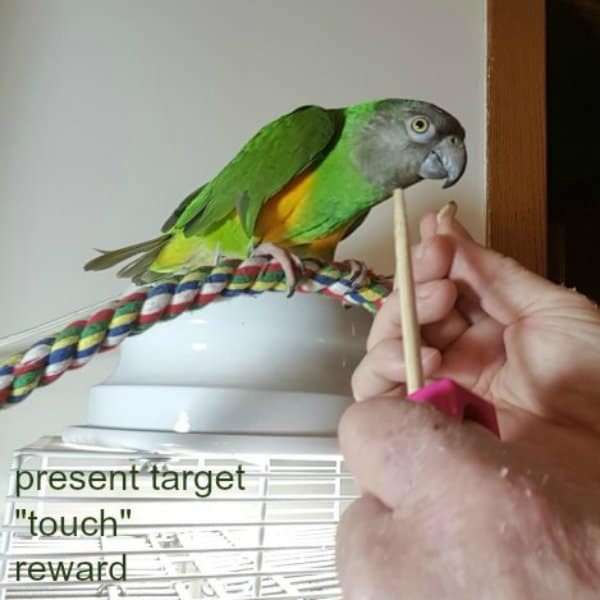
How long can lovebirds be left alone?
I’d recommend no more than overnight. Like all parrots, they need fresh food water and social stimulation.
What are some tips on training/acclimating a formerly abused cockatiel?
We just adopted two birds from a local breeder and it seems like one of the birds is missing all the feathers on his face, and is extremely jittery and mistrusting (never leaves the cage, and will bite if provoked) – any tips on how to properly train and care for him?
Building Trust With Your Bird ~ Video
Watch the video. Try to get a clicker but you can snap your fingers just as easily. Use a whole millet spray as the treat which puts several inches between the bird’s beak and your fingers.
The millet will entice the bird to the edge of the cage perhaps on the door opening. That would be a good start don’t force the bird to leave the cage. Spend 3 to 5 minutes a day doing clicker training.
Then reach out to me in a week for the next step. I’d like to see pictures of your cage set-up and I would advocate that you learn how to towel and properly hold a bird without getting bitten.
Why is my cockatiel chirping?
The respiratory difference between birds and mammals is that birds’ lungs have air pass through them in a singular direction. Mammals have a diaphragm which is why we breathe in and out.
Birds have nine air sacs. When they take in air through the cere it goes to the biggest air sac which is located at the base of the bird. From there, the air is transported to the other air sacs each acting like a bellows to push the air flowing in a singular direction over the lungs.
Birds’ lungs are designed to exchange far more oxygen than mammalian lungs. Ironically crocodile lungs work similarly to bird’s lungs.
The reason for this configuration is it enables flight. If they had to take air and breathe it out like a mammal think of a submarine that takes in and ejects water to submerge and then come back to the surface. If a bird was breathing like you and me they would Bob up and down in the air with every breath.
There are 2 inhalations and 2 expirations that supply a constant flow of air over the lungs. What’s really amazing is the air sacs themselves. They are as thin as cellophane and yet birds can survive for decades (I watch bird necropsy videos in my spare time).
Some birds like Griffon vultures have unique DNA and this allows them to extract oxygen out of the air at more than 35,000 feet above the earth as reported by commercial airline pilots.
How does molting occur in parakeets?
Like all birds, light is received through the eyes in goes to the pineal gland which transfers the information to two circadian clocks. One keeps the time of day more accurately than a Rolex. The other handles seasonal issues like breeding and molting.
By the way, with 372 species of parakeets, I’m going to assume you’re talking about a budgie? Molts are always symmetrical for every feather lost on the right side of the body another feather is lost on the left side of the body.
It’s important to maintain a diet with enough vitamins to keep your parakeet healthy during the molt. For every feather and loss, it has to produce a new one – about 5000 of them are on a budgie.
Feathers are made from amino acids – amino acids come from protein. You get the idea.
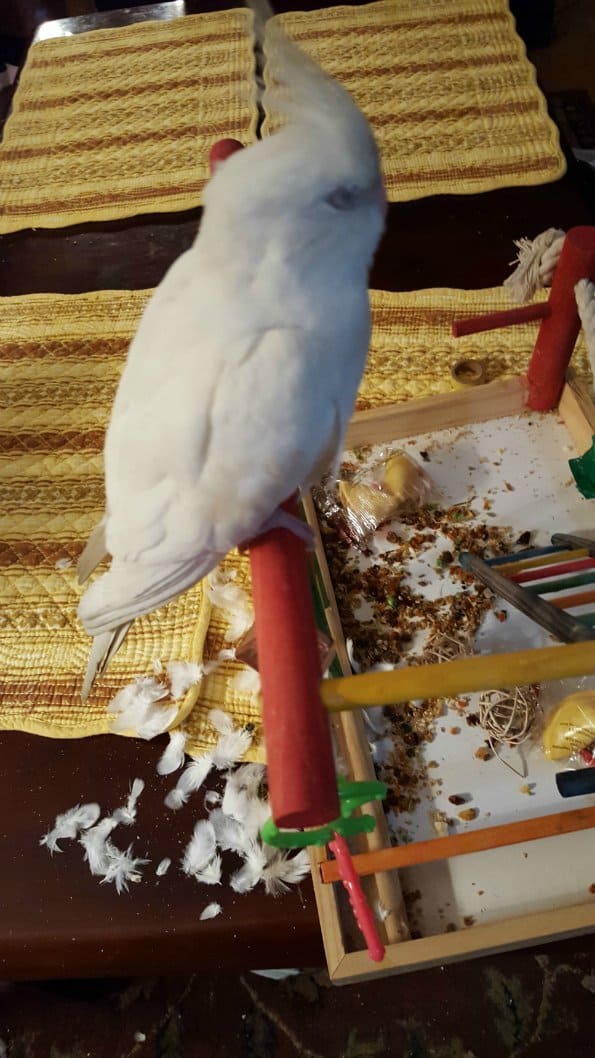
Birds have no muscles in their feet. Each leg has two tendons extending from their hips to the ends of their toes. These are called flexor tendons. A bird’s foot will close upon a branch by the movement of its ankle which you can lock in place enabling a bird to sleep on one foot.
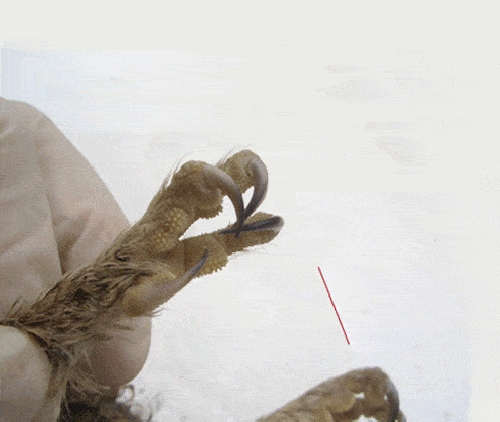
Another feature of this design helps raptors kill their prey in midflight using their talons to puncture the prey’s body.
Why do some birds nest on the ground?
Never underestimate the tenacity of a Gallinaceous bird.
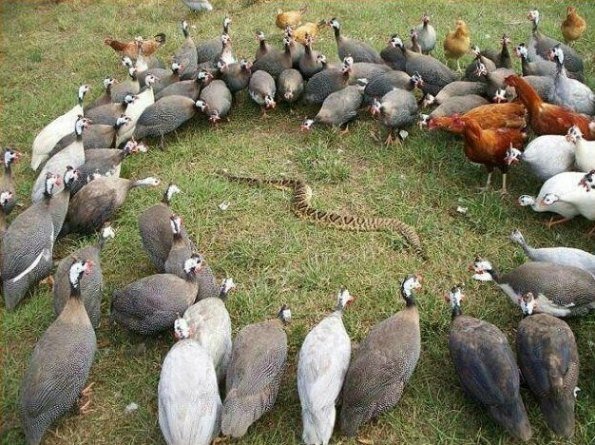
Let’s get some facts straight here. Not all birds build nests. The only parrot/parakeet to build a nest is the Quaker parrot or monk parakeet (per video at the top). Otherwise, it’s a tree hollow or in some cases in the ground or under rocks and in caves.
In spite of their names, ground hornbills do not build nests they live in the hollows of trees even if the trees are on the ground.
Gallinaceous or ground-eating birds will build their nests on the ground because they can’t fly much like an ostrich. The trade-off is in safety and the bird needs to protect the nest from predators like snakes.
Written by Mitch Rezman
Approved by Catherine Tobsing
Your Zygodactyl Footnote
Author Profile
Latest entries
 Bird BehaviorJune 26, 2025How is it Parrots Are Problem Solvers Social Animals and Even Use Tools?
Bird BehaviorJune 26, 2025How is it Parrots Are Problem Solvers Social Animals and Even Use Tools? Bird & Parrot AnatomyJune 25, 2025How a Tiny Chemical Modification Makes Parrots Nature’s Living Paintings
Bird & Parrot AnatomyJune 25, 2025How a Tiny Chemical Modification Makes Parrots Nature’s Living Paintings PigeonsJune 20, 2025How Do Parrots Thrive in Cities Outside Their Native Habitats?
PigeonsJune 20, 2025How Do Parrots Thrive in Cities Outside Their Native Habitats?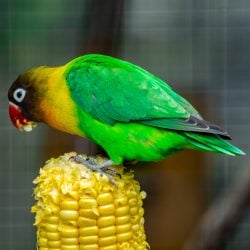 Feeding Exotic BirdsJune 20, 2025Is Corn On the Cob Safe for Pet Birds?
Feeding Exotic BirdsJune 20, 2025Is Corn On the Cob Safe for Pet Birds?

